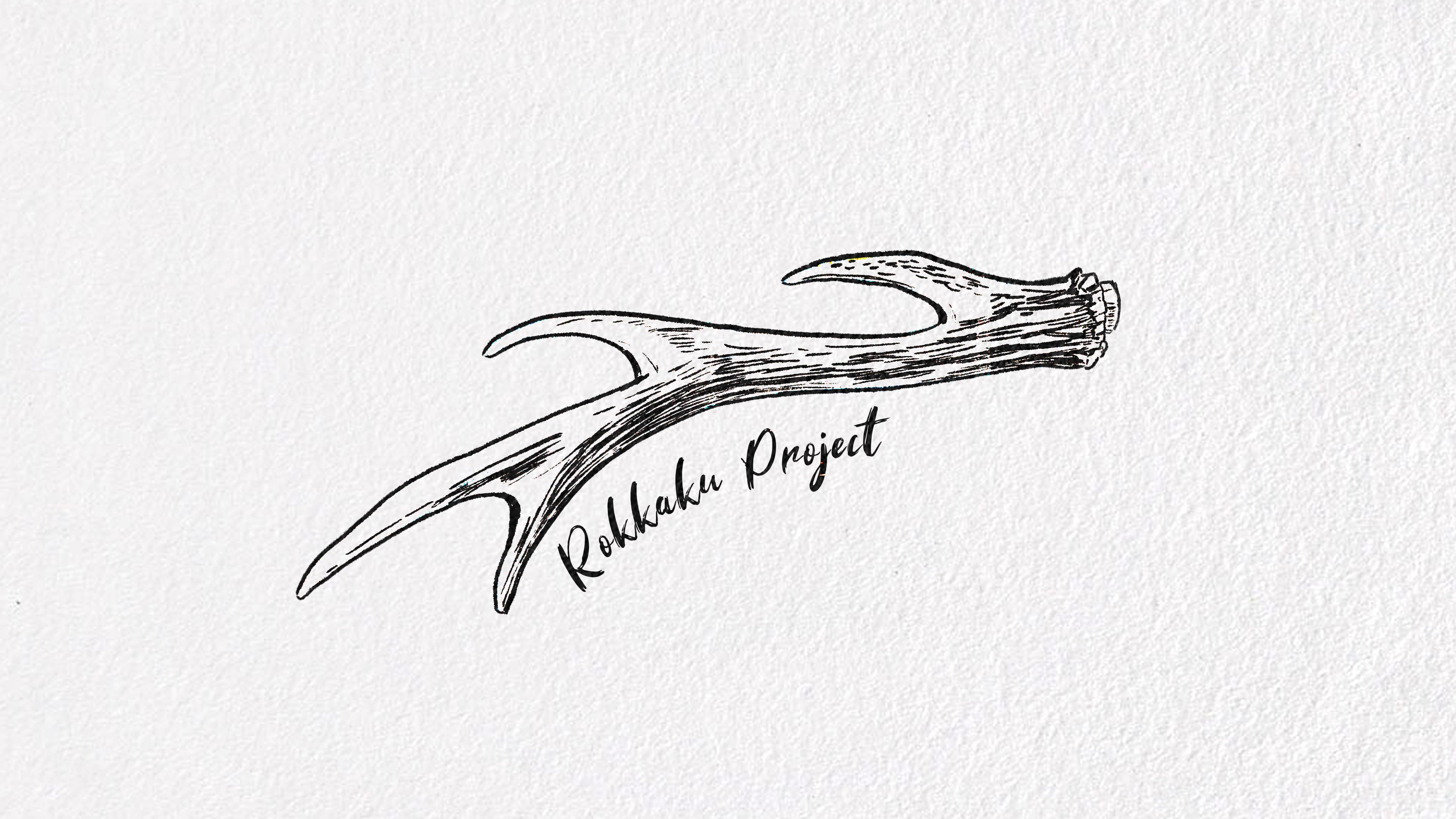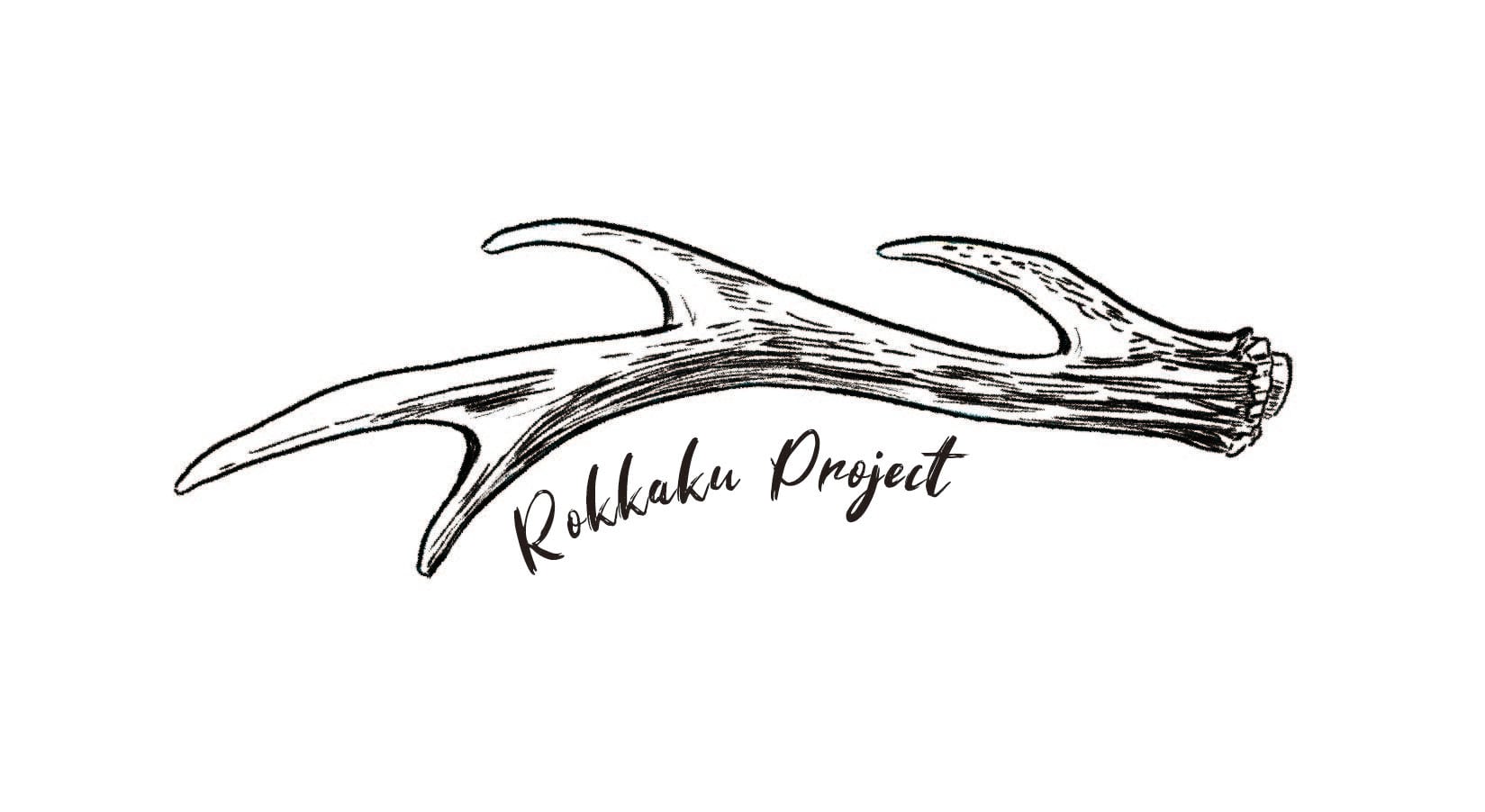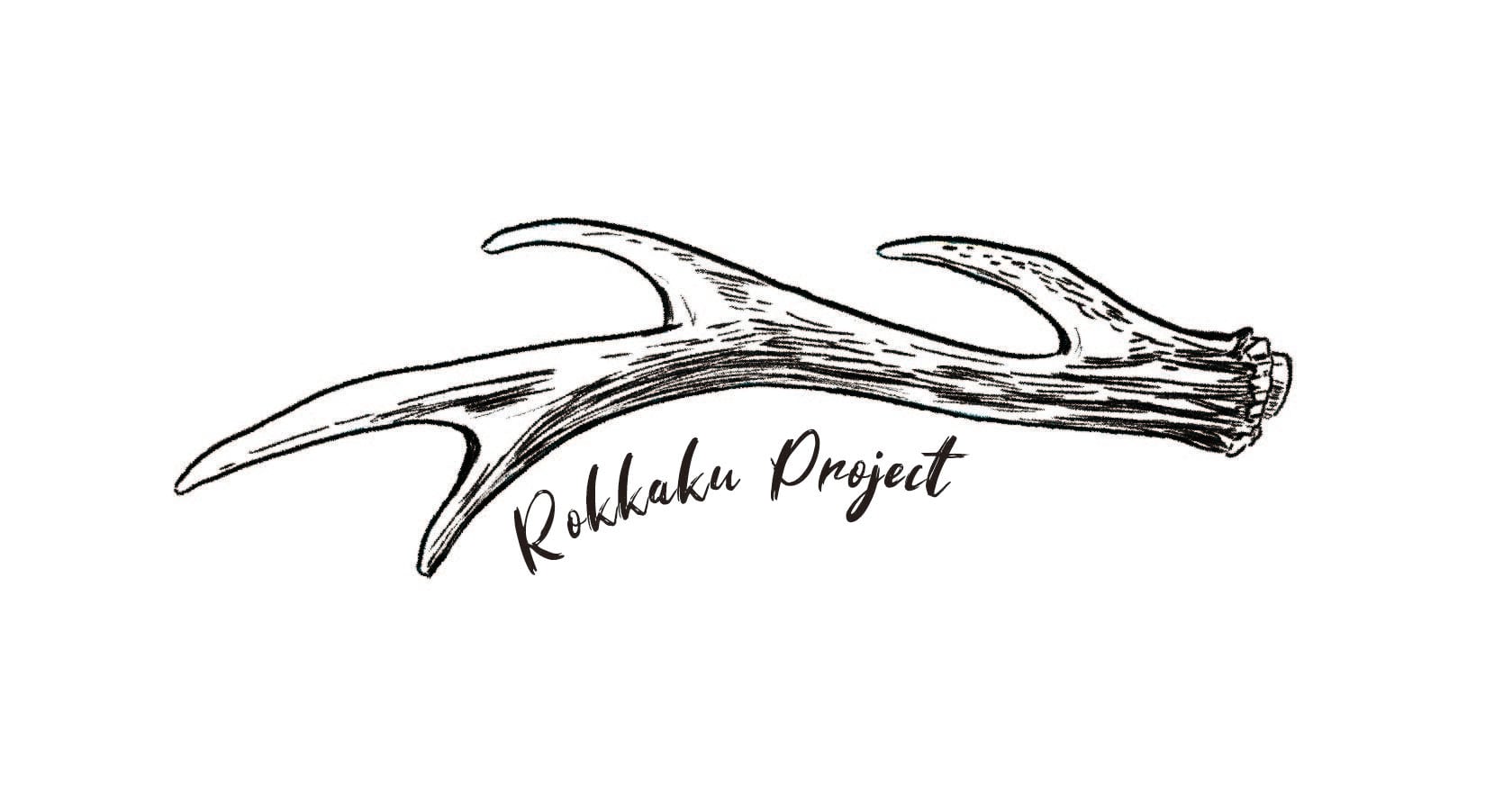2024/01/26 15:57

ーーーーー
Ready for(クラウドファウンディングのサイト名)に載せていた活動報告ですが、勿体無いのでここのブログにも記録として残しておきたく、ここに残します。
ーーーーーーー
日本語は下にあります。
This photo was from August, 2017.
It was my first-time visiting Ishinomaki, an area where 2011 Tōhoku earthquake and tsunami hit. These are the volunteers I met through a humanitarian effort joined by the design for sustainability company where I am working at, open house inc. My job as a design intern at that time was simply to learn about sustainability, how a certain environment affects a certain culture. We went to The Historical Museum of Jomon Village, Oku-Matsushima and joined a workshop on ancient culture of “monodzukuri” (making things) from deer horns for livelihood in that area.
Since then, this volunteer group has been growing into making various efforts related to tsunami revival projects. One of those is this one, reviving old negative films that was almost swept away from Kinkasan Island, one of many islands affected by that big natural disaster.
At that time, I had no idea that I would still be in Japan until today. Today, I am thankful and hoping that I can be a help to realize this photobook to let more people learn about the deers of Kinkasan Island.
More information about Kinkasan Koganeyama Shrine
Official website (English & 日本語) : https://kinkasan.jp/
Travel web sites you can refer to : https://matcha-jp.com/en/6729
この写真は2017年8月のものです。
私は、2011年の東日本大震災の被害を受けた地域である石巻を初めて訪れました。
初めてそこに訪れる機会になったのは、私が働いている持続可能性のためのデザイン会社「オープンハウス株式会社」が人道的取り組みとして行っているボランティア活動に参加し出会ったことがきっかけです。
当時、そのデザイン会社のインターンとして所属していた目的は、単に「持続可能性」つまり、特定の環境が特定の文化にどのような影響を与えるかについて学ぶことでした。
私たちは奥松島の縄文の里歴史博物館に行き、この地域で暮らしていた鹿の角を使った「ものづくり」を通して日本古来の文化について学ぶワークショップに参加しました。
以来、このボランティア団体は津波復興プロジェクトに関連したさまざまな取り組みを行うように成長してきました。
その一つがこのプロジェクトで、自然災害で被害を受けた数ある島の一つ、金華山から流されそうになった古いネガフィルムを蘇らせるというものです。
その時はまさか今日まで日本にいることになるとは思ってもいませんでした。
今では、金華山島の鹿のことをより多くの人に知ってもらうために、この写真集の実現に向けて少しでも役に立てればと思っています。


